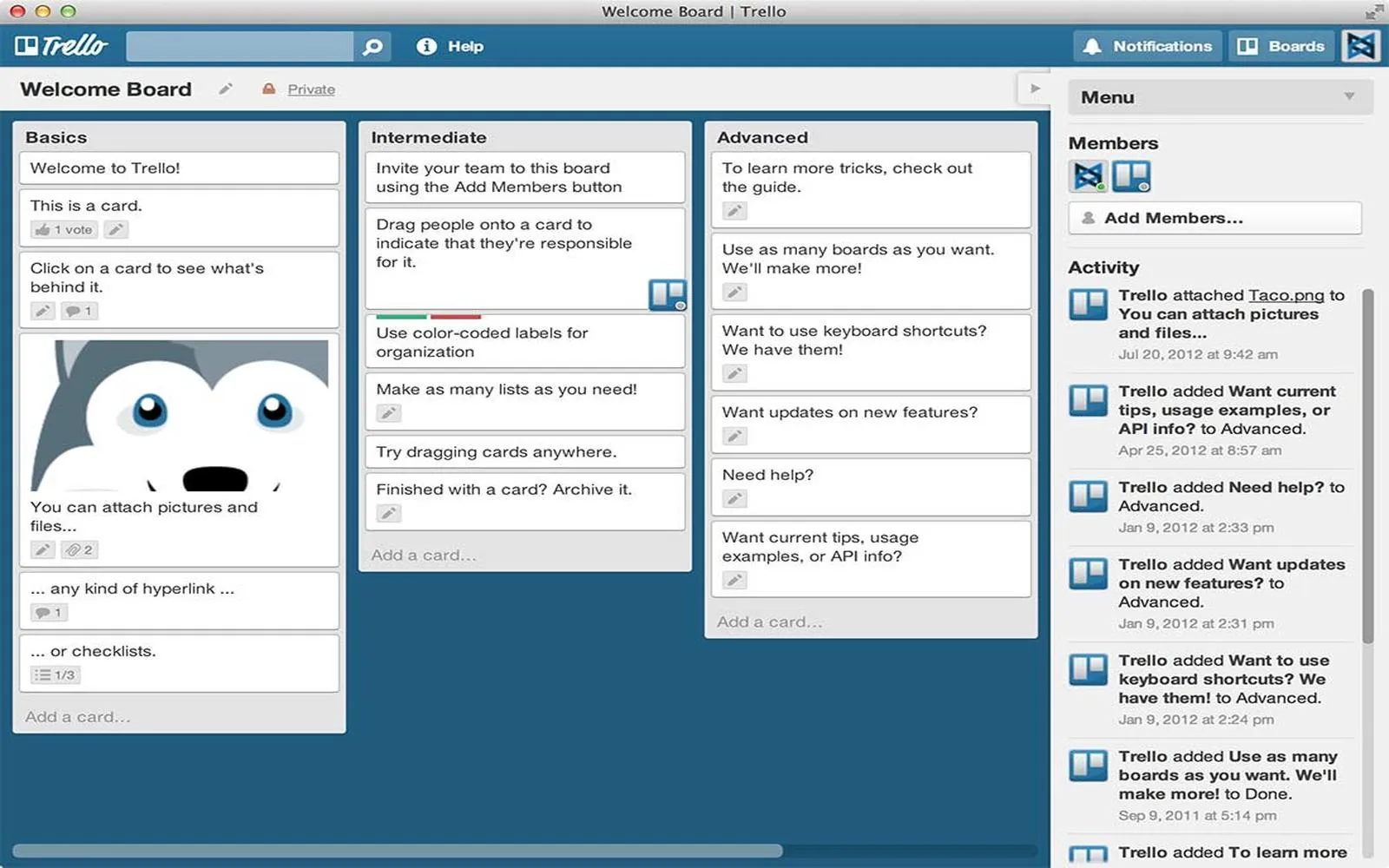Understanding the Importance of Trust in Remote Teams
Building trust in a remote team is crucial for enhancing collaboration, improving productivity, and fostering a positive work environment. Without trust, team members may feel isolated, unmotivated, and less inclined to communicate openly. This can lead to misunderstandings, decreased morale, and ultimately, a decline in performance. To establish a strong foundation of trust, teams must engage in intentional strategies and practices that promote transparency and connection.
Strategies to Build Trust in a Remote Team
Here are some effective strategies to cultivate trust within your remote team:
1. Foster Open Communication
Encourage team members to express their thoughts and ideas freely. Utilize various communication tools such as video conferencing, chats, and emails to facilitate conversations. Regular check-ins can help reinforce a culture of openness. Consider implementing the following:
| Communication Tool | Purpose |
|---|---|
| Video Conferencing | Face-to-face interaction to build rapport |
| Instant Messaging | Quick communication for immediate questions |
| Email Updates | Formal communication for important announcements |
2. Establish Clear Goals and Expectations
Setting clear objectives helps team members understand their roles and responsibilities. This clarity reduces ambiguity and builds trust as individuals know what is expected of them. Create a shared document that outlines:
- Team goals
- Individual responsibilities
- Project timelines
Utilizing project management tools like Trello or Asana can also enhance transparency regarding the progress of tasks.
3. Promote Team Bonding Activities
Regular team bonding activities can strengthen relationships among team members. These activities can be both work-related and social. Examples include:
- Virtual coffee breaks
- Online games or trivia nights
- Collaborative projects that require teamwork
Incorporating these activities into your routine can help team members feel more connected, which is essential for trust-building.
4. Encourage Feedback and Recognition
Establishing a feedback culture encourages team members to share their thoughts on processes and performance. Regular feedback helps individuals feel valued and recognized. Consider the following methods:
- One-on-one feedback sessions
- Team meetings to share successes and challenges
- Peer recognition programs
Recognizing achievements reinforces trust, as team members feel appreciated for their contributions.
5. Lead by Example
Leadership plays a vital role in building trust within a remote team. Leaders should model the behavior they wish to see in their team members. This includes:
- Being transparent about decisions
- Admitting mistakes and taking responsibility
- Encouraging open dialogue
A leader who demonstrates integrity and reliability fosters an environment where trust can flourish.
The Role of Technology in Trust-Building
In today's digital age, technology is a key enabler of trust within remote teams. Tools designed for collaboration can enhance communication and transparency, thus building trust. Some essential tools include:
| Tool | Functionality |
|---|---|
| Slack | Instant messaging for quick communication |
| Zoom | Video conferencing for face-to-face interactions |
| Asana | Project management and task tracking |
Using these tools effectively can enhance collaboration and build trust among team members.
Measuring Trust Within Your Team
To understand the level of trust within your remote team, consider implementing anonymous surveys or feedback forms. Questions can focus on aspects such as:
- Team collaboration
- Communication effectiveness
- Overall satisfaction with remote work
Analyzing the results can provide insights into areas that need improvement and help track the progress of trust-building efforts over time.
Conclusion
Building trust in a remote team is a continuous journey that requires intentionality and commitment. By fostering open communication, establishing clear goals, promoting team bonding, encouraging feedback, leading by example, and leveraging technology, organizations can cultivate a strong foundation of trust. This not only enhances team dynamics but also contributes to overall organizational success. As teams grow more interconnected in the digital landscape, prioritizing trust will be pivotal for thriving in a remote work environment.





